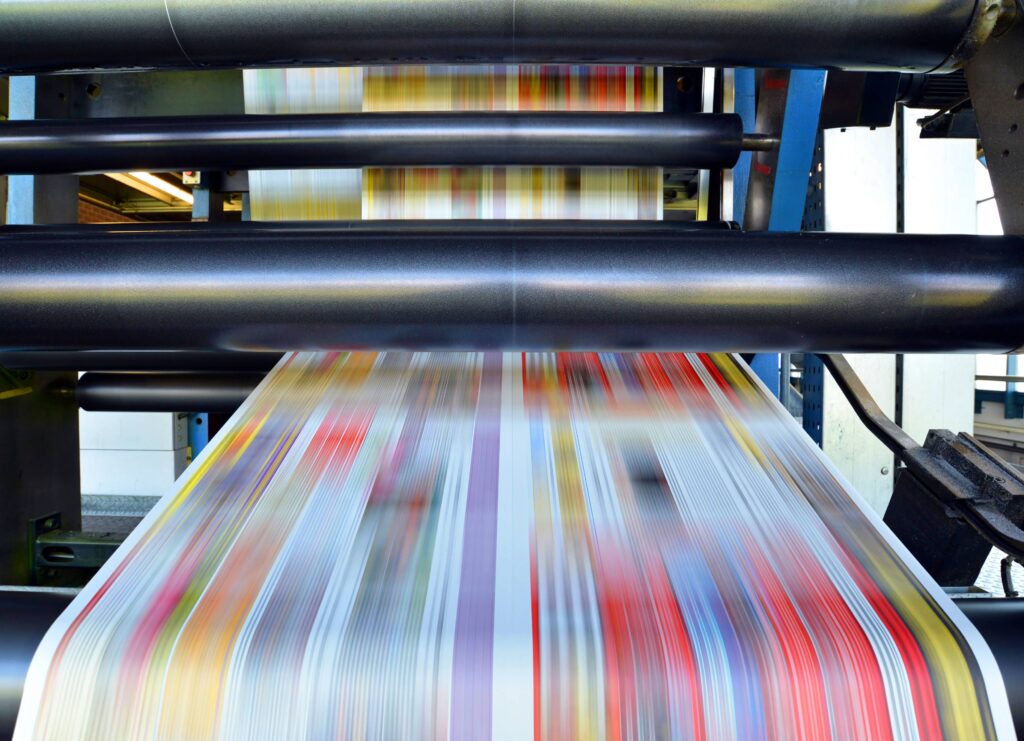In today’s world, online shopping is often a preferred method of shopping over in-person shopping. This means that many people have assumed that there is no real place for print catalogues anymore. In actuality, print catalogues are more relevant now than ever, and Custom Printing is here to explain why.
Print Catalogues Create Trust
For smaller retailers and manufacturers, there really isn’t a better form of marketing than a product that can be placed directly into a consumer’s hand. A print catalogue is not just an informational brochure about your company’s products, it’s also the best way to introduce your customers to all aspects of your company and its products.
For any smaller manufacturers and retailers, getting a company to be noticed online takes a lot of work. Advertising through social media often promises a lot more than it actually delivers for these companies, and many consumers are unwilling to take a chance on a new company when all they really know about it is from a website. A physical catalogue gives consumers a feeling of connection. Many consumers feel that a company that takes the time to develop and market a print product will likely deliver the products that are promised.
Catalogues are relatively easy to produce and mail; there is rarely any need to hire a programmer to develop a multi-page website. Furthermore, once a consumer receives a catalogue in the mail, they are much more likely to casually flip through it than they are to browse through an unknown website. They’re also a lot more likely to pass the catalogue to friends and family. The excitement of circling items in a catalogue to buy later (or convince your parents to buy for you) has never gone away. But, no one gets excited about looking at a website.
Catalogues Introduce New Products and Ideas
In fact, catalogues are often the best way to introduce your products to new customers. While many social media sites focus on hyper-targeting ads to a select few potential customers, print catalogues have the ability to reach a wide range of people. For example, a toy manufacturer who advertises only online will probably only reach women of child-bearing age in a very specific income bracket. The toy retailer, however, may know that their products are often purchased by grandparents, older aunts and uncles, and even family friends who have no children themselves. While these people won’t come up as “viable customers” in a social media algorithm, they are still a very important target demographic. By distributing print catalogues, it’s possible to reach these customers.
A catalogue is also designed to introduce a wide array of products to potential customers. While many websites will only show a customer products based on previous search histories, a catalogue can show them dozens of products that they have never considered buying before. Customers can discover new interests, find products they never knew existed, and even be introduced to new ideas. While the internet wants to box in customers to specific demographics, a print catalogue is open to everyone.
Physical and Digital Catalogues Should Work Together
Of course, that doesn’t mean that a company should give up on an online presence in favor of physical catalogue printing. In fact, the best marketing plans have physical catalogues and online catalogues that work together. When a marketing plan works well, a customer should receive a print catalogue, find a few items that he or she wants to order or that he or she is interested in learning more about, then go online to get additional information.
This means that a print catalogue does not need to include every detail about a product. Consider the print catalogue to be a series of introductions to a variety of products. Use this medium to showcase different uses for a product, or really highlight how the product can be used by a wide variety of people. Use the online catalogue to highlight value and relevant information such as product specifications.
By including a coupon code with the physical product catalogue, it’s possible to track the reach of the physical catalogue and compare it to the effect of online advertising. Some companies choose to have a single coupon code for an entire catalogue that is clearly advertised on the cover and throughout the pages. Other companies choose to include product coupon codes in the product descriptions in order to more accurately gauge the interest in certain parts of the print publication. Contact us to get started on your own commercial offset printing project!

